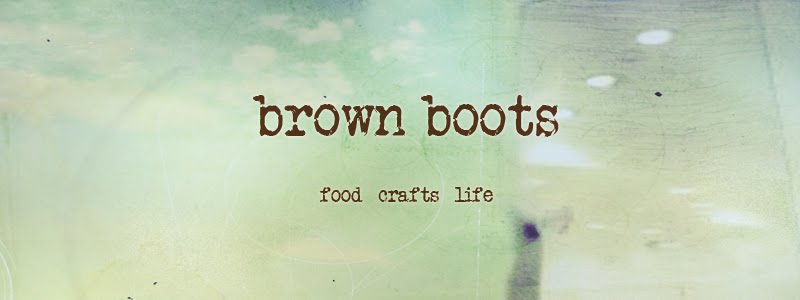February 27, 2010
stop motion.
February 25, 2010
cake.

If you love cake, either eating it or baking it, then you will probably love this song.
In the summer I made the Winning-Hearts-and-Minds delicious chocolate cake from Orangette. With a dollop of whipped cream on the top, this rich, moist, chocolatey cake truly won us over. Also, it is great for those who can't eat wheat because it only calls for a couple tablespoons of flour which can easily be subsituted (I'd recommend white rice flour).
Here's the recipe from Orangette below:
7 ounces (200 grams) best-quality dark chocolate
7 ounces (200 grams) unsalted European-style butter (the high-butterfat kind, such as Lurpak or Beurre d’Isigny), cut into ½-inch cubes
1 1/3 cup (250 grams) granulated sugar
5 large eggs
1 Tbs unbleached all-purpose flour
Preheat the oven to 375 degrees Fahrenheit, and butter an 8-inch round cake pan. Line the base of the pan with parchment, and butter the parchment too.
Finely chop the chocolate (a serrated bread knife does an outstanding job of this) and melt it gently with the butter in a double boiler or in the microwave, stirring regularly to combine. Add the sugar to the chocolate-butter mixture, stirring well, and set aside to cool for a few moments. Then add the eggs one by one, stirring well after each addition, and then add the flour. The batter should be smooth, dark, and utterly gorgeous.
Pour batter into the buttered cake pan and bake for approximately 25 minutes, or until the center of the cake looks set and the top is shiny and a bit crackly-looking. (I usually set the timer for 20 minutes initially, and then I check the cake every two minutes thereafter until it’s done. At 20 minutes, it’s usually quite jiggly in the center. You’ll know it’s done when it jiggles only slightly, if at all.) Let the cake cool in its pan on a rack for 10 minutes; then carefully turn the cake out of the pan and revert it, so that the crackly side is facing upward. Allow to cool completely. The cake will deflate slightly as it cools.
Serve in wedges at room temperature with a loose dollop of ever-so-slightly sweetened whipped cream.
Note: This cake is even better on the second day, so consider making it the day before serving. And thank you to Clotilde of Chocolate & Zucchini, whose mention of a clementine cake in Trish Deseine’s Mes petits plats préférés led to my stumbling upon Je veux du chocolat! in the bookstore one day.
February 19, 2010
mittens.
 At Christmas time I decided I wanted to make my own pair of mittens. The set I was using had holes and big amounts of fur around the wrists. I decided I needed a change and that I would like a grey pair of mittens that were knit tightly to keep the wind from getting to my fingers, but were thin and easy to wear.
At Christmas time I decided I wanted to make my own pair of mittens. The set I was using had holes and big amounts of fur around the wrists. I decided I needed a change and that I would like a grey pair of mittens that were knit tightly to keep the wind from getting to my fingers, but were thin and easy to wear.I couldn't find a mittens pattern online, so I decided to make my own pair. This is relatively easy as long as you know how to knit in the round and are ready to do some trial and error.
For my own mittens I selected a Peruvian Highland wool meant for 6mm needles. I wanted a thicker wool on smaller needles (to help make it 'wind proof') so I used 3 1/4 mm needles.
I have never made mittens before, so I used this pattern to roughly sketch out how I would approach the mittens (and used their method for making a thumb hole). I then had Caleb help me trace my dominant hand on a piece of paper so I could compare my knitting progress with the size I needed.
With those steps complete I then started knitting. Not knowing how big around to make it, I guessed and it seemed to fit around my wrist well. Here are my instructions for making mitts - this should work well if you have long fingers and small wrists. Adapt as necessary when you tackle your own mittens project.

Jess' Homemade Mitten Pattern:
1. Cast on 39 sts.
2. Knit 15 rows.
3. Increase 6 sts even along next row. (Now you'll have a total of 45 sts)
4. Knit 11 rows.
Have you made mittens before? What did they look like? Were they easy to make? Do you have a trick for making mittens (especially the thumbs)? Let me know!



